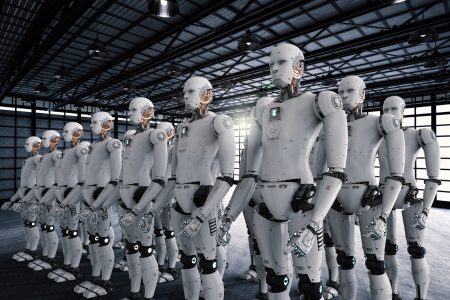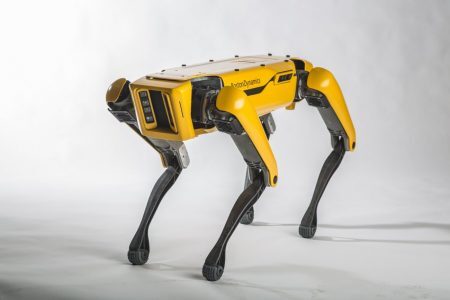Nowhere is the advance of technology more evident than in the rise of robots and artificial intelligence. From smart devices to self-checkout lanes to Netflix recommendations, robots (the hardware) and AI (the software) are everywhere inside the technology of modern society. They’re increasingly common in ads, too: During the 2019 Super Bowl alone, seven ads aired featuring either robots or AI.
Browsing: robotics
Alita: Battle Angel is an interesting and wild ride, jam-packed full of concepts around cybernetics, dystopian futures and cyberpunk themes.
The film – in cinemas from today – revolves around Alita (Rosa Salazar), a female cyborg (with original human brain) that is recovered by cybernetic doctor Dyson Ido (Christoph Waltz) and brought into the world of the future (the film is set in 2563).
The film Robot and Frank imagined a near-future where robots could do almost everything humans could. The elderly title character was given…
Don’t try to run, the robots will be able to find you. At least, that’s the case if someone decides…
The most influential time for a human to start learning how to program is arguably in the developmental years –…
Ready or not, autonomous robots are leaving laboratories to be tested in real-world contexts. With more and more people living in…
Vision is one of nature’s amazing creations that has been with us for hundreds of millions of years. It’s a key…
The uptake of robotics technology is increasing at a startling rate. In the US, robot sales are predicted to increase by…
We knew this day was coming but who knew it would be so soon. Robotics company Boston Dynamics is making…
Google may be making the technological brains of the future but it is companies like Boston Dynamics that are making the…











